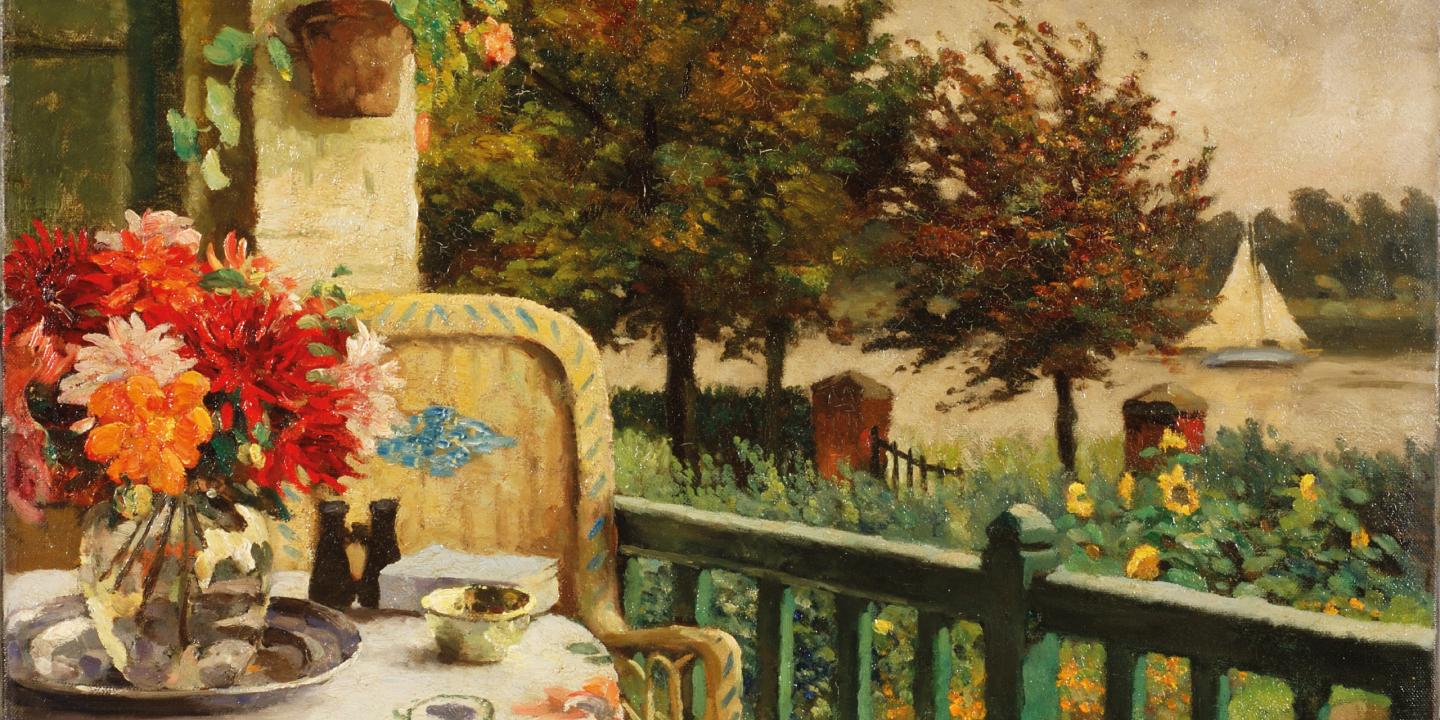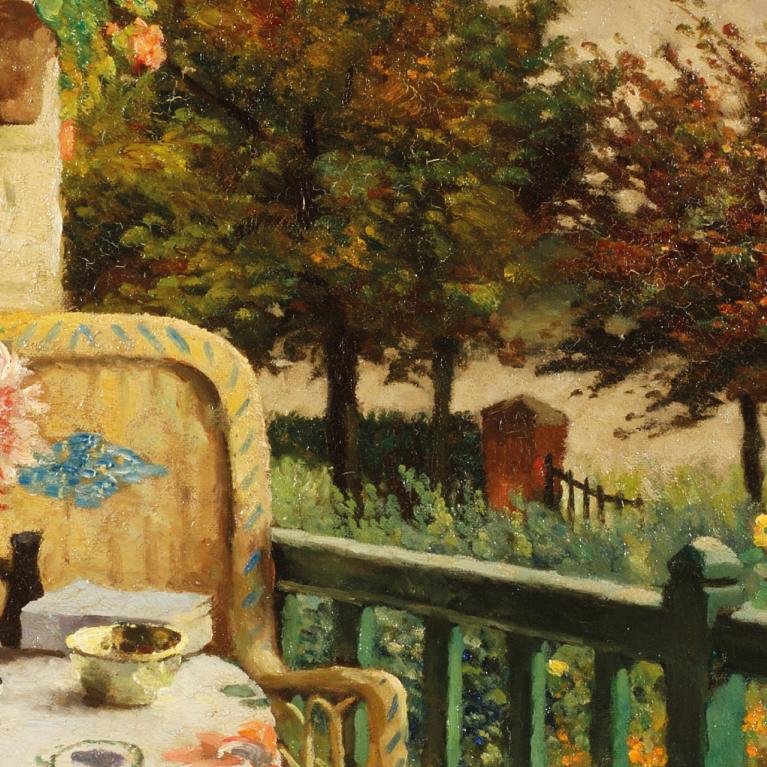New permanent exhibition "The Art of Belgium (1900–1940)"
A significant amount of works from the first half of the 20th century by Belgian artists are stored at the Latvian National Museum of Art – more than 700 paintings, graphics, sculptures and medals, as well as lace created between the 17th and the early 20th century. The artistic quality and the unique history of the collection’s creation determine its important position.
Cultural contacts between Latvia and Belgium were consolidated due to an exhibition held in Riga in 1927, as well as an extensive bequest of works by Belgian artists which were an unprecedented example of international diplomacy. In 1932, fifty one works by Belgian artists ended up at the State Museum of Art due to the collaboration between Latvia’s Ambassador Extraordinary and Minister Plenipotentiary in Belgium Jānis Lazdiņš and the Belgian Government Commissioner-General for Exhibitions Abroad Paul Lambotte. On the 15th November 1932, the Belgian Art Department was unveiled at the State Museum of Art. Up until 1940, the collection was gradually supplemented by gifts of medals, lace, sculpture and graphics.
The core of the exposition is the works by Flemish and Walloon masters, reflecting thematic and stylistic diversity – symbolism, impressionism, fauvism, expressionism, as well as features from other schools.
The beginning of the exposition is chronologically connected with the Art Nouveau era. The graphics section is represented by Armand Rassenfosse’s masterful drawings and Adolphe Crespin’s watercolor Smiles, in which an infatuation with Japanese culture can be discerned. A paradigm change marks the creative work of the next generation of artists with searches for new artistic forms and means of expression.
Contacts with French impressionists facilitated an original strain of impressionism, known as luminism. Works by representatives of the Latem school, expressing symbolism (Valerius de Saedeleer’s Orchard) can also be viewed in the exposition, and after World War I – expressionism (Albert Servaes Farm Work). In 1928, Walloon artists established the Nervia Group. The works of the Nervia artists are characterized by grace of line and plasticity, metaphorism, a clean colour palette and the play of chiaroscuro. This group is represented by painters Anto Carte, Lèon Navez and Rodolphe Strebelle.
A striking example of the synthesis of forms and colour can be seen in the compositions of outstanding painters Eugène Jules Joseph Laermans, Isidore Opsomer and Albert Saverys. The politically active painter and graphic artist Frans Masereel, and Pierre Paulus focus on the dramatic portrayal of industrial scenes and workers’ lives. Whereas, the sculptures of Georges Minne, Louis Mascrè and Emile Francois Poetou reflect realist, impressionist and expressionist trends.
The exposition has been supplemented by unique examples of 17th–20th century lace, which were loaned from the Royal Museum of Art and History in Brussels and received as a gift from Les Amies de la Dentelle in 1933.
Belgian art, with its vitality and powerful sense of colour is also close to Latvian artists and gave many of them new inspiration and a creative impulse at the time.

